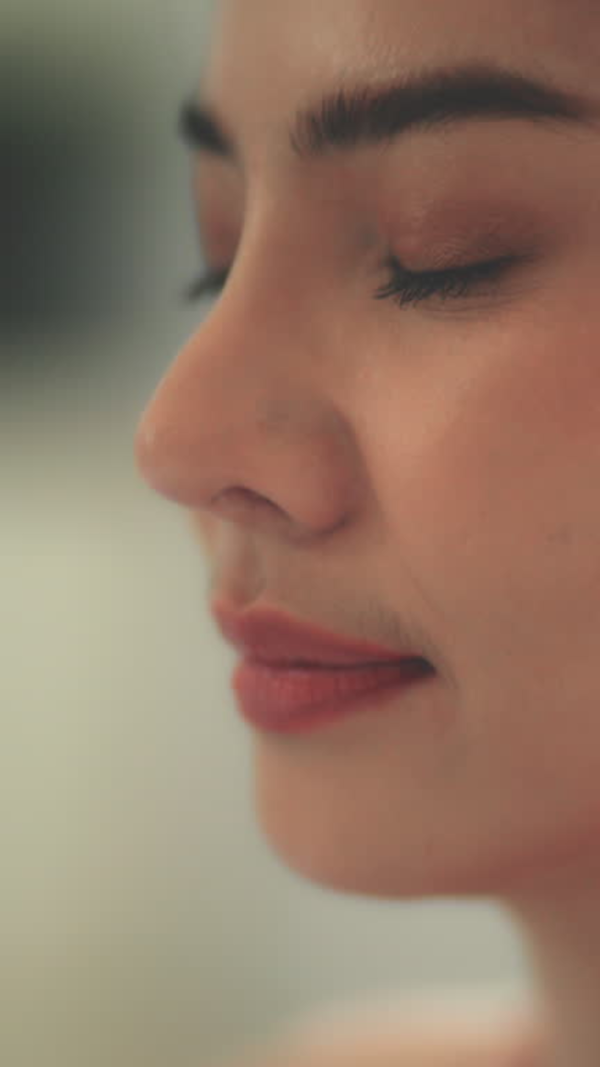- News
- lifestyle
- health-fitness
- health-news
- What is Baby Feet? Know all about the condition that might bar Sunita Williams from walking after her return to Earth
Trending
What is Baby Feet? Know all about the condition that might bar Sunita Williams from walking after her return to Earth
Sunita Williams and Butch Wilmore returned to Earth after nearly ten months in space. They experienced several physical challenges including 'baby feet,' muscle atrophy, and loss of bone density. Both astronauts will undergo a 45-day rehabilitation program in Houston to readjust to gravity. Their mission ended with a successful SpaceX Dragon splashdown off the Florida coast.
Nearly ten months in space and overcoming a series of challenges during their extended stay - but when Sunita Williams and Butch Wilmore came back to the Earth, the two NASA astronauts were carried in stretchers while they waved and smiled at the onlookers.
After Williams and Wilmore came back to Earth, as per the standard protocol - they are scheduled to undergo various medical tests and procedures to conquer the physical challenges that arise from prolonged exposure to microgravity, including muscle atrophy and balance issues. For that purpose, the astronauts are to be transported to Houston by helicopter for a 45-day rehabilitation program.
While Williams and Wilmore will be settling back to earthly lives as they readjust to gravity, it might take a while for them to walk on the ground properly.

Why? Because of the baby feet.
What is Baby Feet?
"Baby feet" is a condition that refers to the soft soles of feet that astronauts experience after returning from space. It's caused by a lack of weight-bearing exercise in space.
How does it happen?
Every month spent in space, an astronaut's weight-bearing bones lose about one percent of their density, making them more fragile and brittle. As calluses on their feet diminish and their legs become less accustomed to supporting weight, astronauts can develop the condition of “baby feet,” which results in the loss of the thickened skin on the soles of their feet, which can make walking difficult.

How long does it take to recover from baby feet?
Baby feet, especially those with positional issues like clubfoot, typically correct themselves or require treatment within the first few months, often within 3-6 months, with bracing and physical therapy potentially needed for several years.
However, for astronauts, after spending months in space, until the feet build up hard skin again, which can take from a few weeks to a couple of months, walking can be uncomfortable and even distressing.
Other physical challenges:
Sunita Williams and Butch Wilmore safely returned to Earth on Tuesday at 5:57 pm ET, after spending over nine months in space due to unexpected delays. Their spacecraft, SpaceX's Dragon, successfully splashed down off the coast of Florida, marking the end of a mission that garnered global attention.
Although the two stranded NASA astronauts came back to the Earth safe and sound, they might be facing a few physical challenges readjusting to earthly living.

Some of those physical challenges are:
Loss of bone density and muscles:
In microgravity, an astronaut's bones and muscles function differently than they do on Earth, which can lead to challenges when they return home. Without the force of gravity, astronauts experience a temporary increase in height as their spine elongates. However, this comes with drawbacks. The cells responsible for building bone tissue slow down, while those that break down bone continue to function at a normal rate, leading to faster bone deterioration. Additionally, the lack of gravitational pull causes muscles to weaken.
Puffy-head bird-legs syndrome:
Prolonged stays in space affect the human heart, brain, and circulatory system. In microgravity, fluids shift upward, causing facial puffiness and nasal congestion, while the legs lose fluids, resulting in a puffy-head bird-legs syndrome.
This fluid accumulation can lead to hearing and vision loss, as well as Spaceflight-Associated Neuro-ocular Syndrome (SANS) due to increased pressure in the brain. Additionally, the heart changes shape, and muscle atrophy can damage blood vessels. Upon returning to Earth, astronauts may struggle with blood pressure regulation, experiencing dizziness, nausea, and fainting.
While recovery from these issues is possible through exercise and medication, some changes may pose serious long-term health risks.
End of Article
FOLLOW US ON SOCIAL MEDIA
Visual Stories
Tired of too many ads?go ad free now










